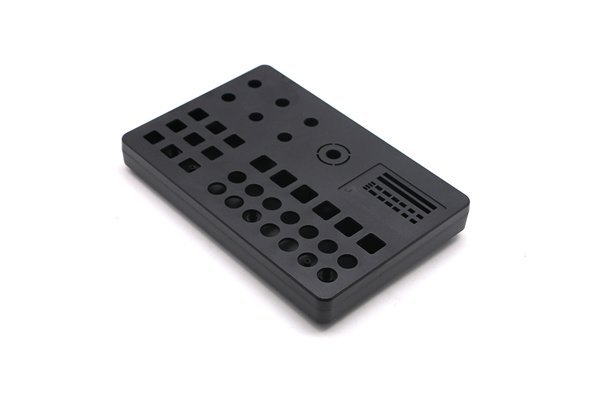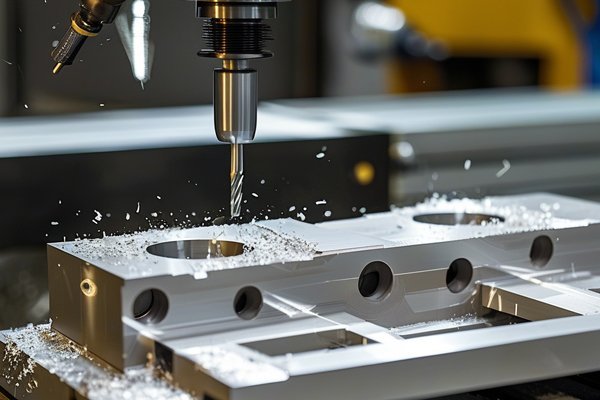Did you know that the residual stresses within a material can be significant enough to lead to catastrophic failures in structural applications? In fact, approximately 85% of failures in components are attributed to residual stress issues. This alarming statistic underscores the importance of understanding and mitigating residual stresses during the manufacturing process—especially in high-precision industries such as aerospace, automotive, and medical devices. One of the most effective methods for reducing these stresses is through CNC (Computer Numerical Control) milling.
This blog delves deeply into how CNC milling not only enhances prototype machining but also plays a pivotal role in minimizing residual stress. We’ll explore the science behind residual stresses, how they impact material performance, and detailed solutions provided through CNC milling technology.
—
Understanding Residual Stress
What Are Residual Stresses?
Residual stresses are internal forces locked within a material even when it is not subjected to any external load. These stresses can arise from various factors during manufacturing processes, including thermal gradients, phase transformations, mechanical deformations, and cooling rates. In the realm of metalworking and machining, these stresses can affect fatigue life, dimensional accuracy, and the overall integrity of components.
The Impact of Residual Stress on Parts
The consequences of unmanaged residual stresses can be devastating. In prototype machining, the ability to adhere to strict tolerances is paramount. Any deviation due to residual stresses may lead to:
Understanding these implications is vital for engineers and manufacturers as they develop strategies to mitigate residual stresses.
—
The Role of CNC Milling in Reducing Residual Stress
What is CNC Milling?
CNC milling is a subtractive manufacturing process that uses rotating tools to remove material from a workpiece. The process is controlled by computer programming, allowing for high precision and repeatability. Unlike traditional milling operations, CNC milling can perform complex tasks, including 3D contouring, which is essential for producing intricate prototypes and parts.
Here are several ways CNC milling helps in managing and reducing residual stress:
The CNC milling process allows for the precise control of cutting parameters such as feed rate, cutting speed, and depth of cut. This helps in maintaining uniform thermal and mechanical conditions throughout the machining process.

CNC milling can utilize various tool path strategies that are crafted to minimize stress induction:
CNC milling machines with multi-axis capabilities can produce parts with complex geometries without introducing excessive residual stresses that would normally result from sequential operations on 3-axis machines.
CNC milling can also be combined with several post-machining treatments that help mitigate residual stress after machining is complete:
—
The Importance of Understanding CNC Milling in Prototype Machining
In the fast-paced world of modern manufacturing, the ability to produce prototypes quickly and accurately while controlling residual stresses is crucial. CNC milling not only addresses the issues associated with these stresses but also ensures that the resultant prototypes meet the tough requirements set forth in design and regulatory standards.
Throughout this exploration, we have seen how critical it is to recognize and manage residual stresses in prototype machining. CNC milling emerges as a vital technology that allows manufacturers to maintain strict tolerances while producing reliable, high-quality parts. Through controlled cutting parameters, optimized tool paths, multi-axis capabilities, and beneficial post-machining treatments, CNC milling facilitates enhanced product performance and longevity.
In today’s competitive landscape, understanding and mitigating residual stress not only contribute to reduced waste and enhanced safety but also can be a defining factor in the successful launch of new products. As such, manufacturers and engineers must prioritize CNC milling in their prototype development processes to ensure that the components they produce can stand the test of time.
Whether you are a seasoned engineer or a newcomer in the field, the importance of CNC milling in reducing residual stress is a crucial consideration in prototype machining worth reflecting upon. By integrating this understanding into your practice, you can contribute to the advancement of material performance in the long run.






